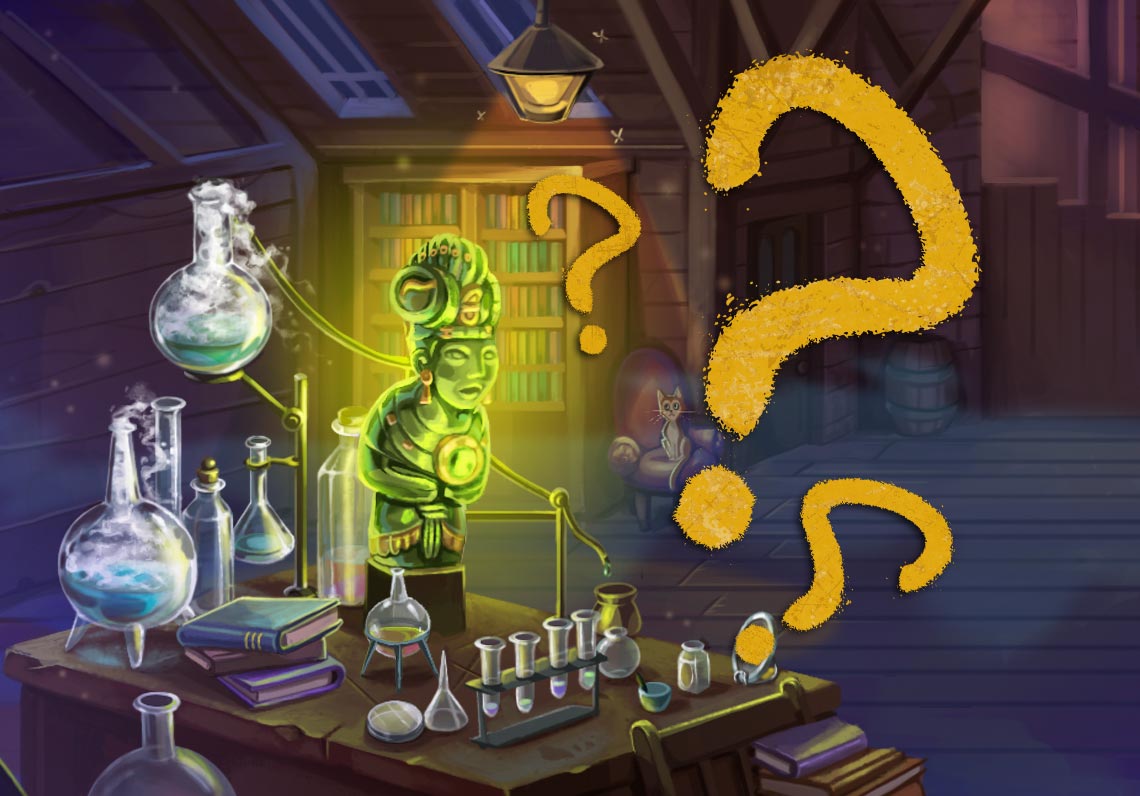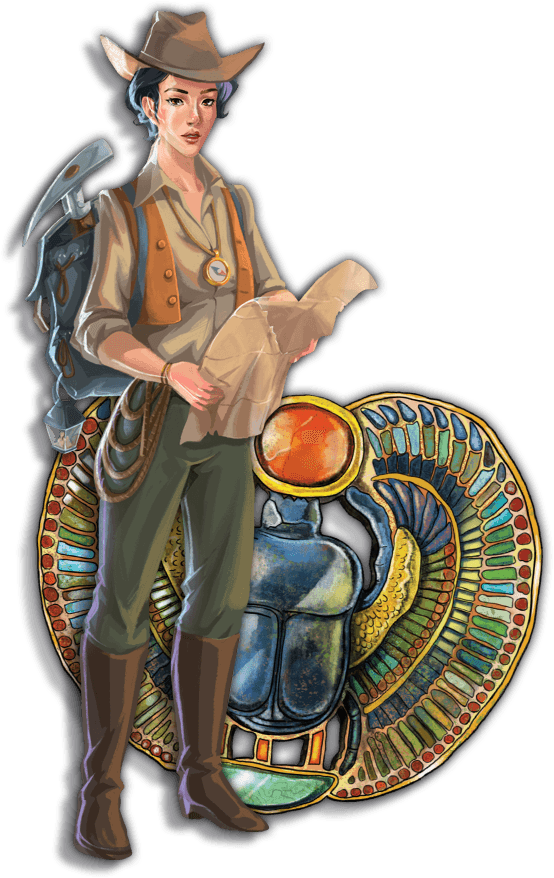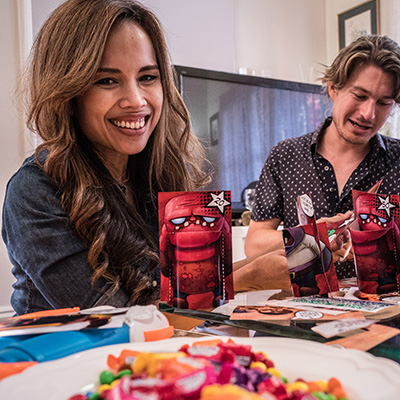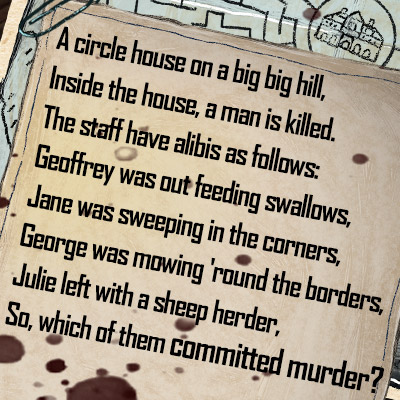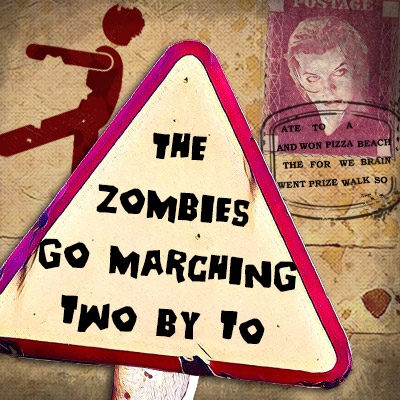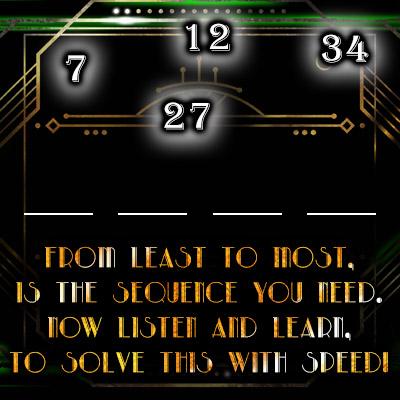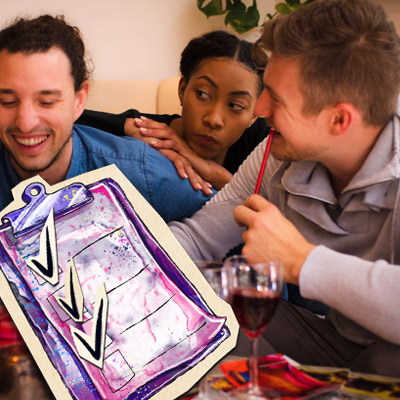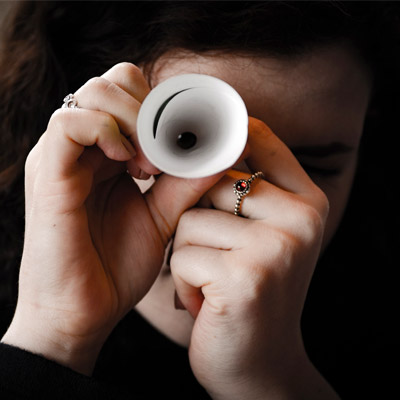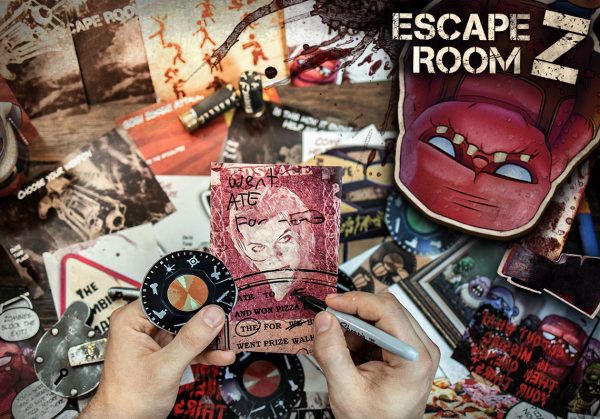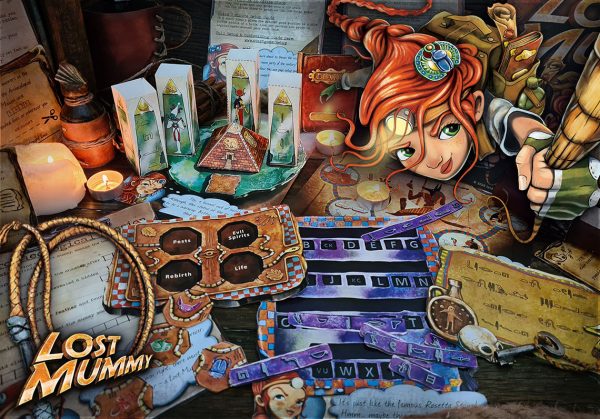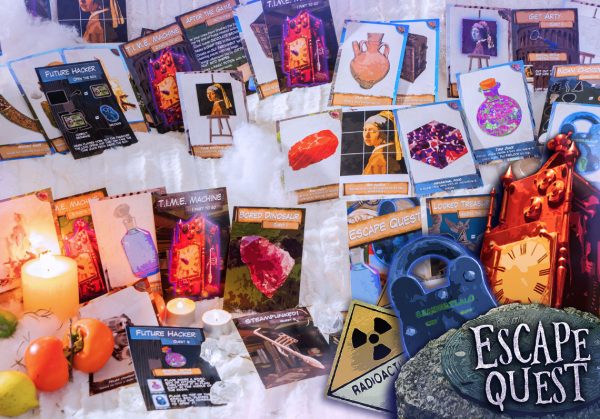The very first thing you need to know is, use riddles sparingly! Your escape room shouldn't have more than two or three well-crafted riddles. Any more, and you risk leaving your players bored and burnt out... and that's no fun! One of the keys to good escape room design is
including a variety of puzzles, tasks, and challenges (
that's Key #9, to be specific). This means that riddles should only be a small part of your game.
According to the High Wizards, there are generally two ways that riddles are used in escape rooms:
1. Use riddles as clues. For particularly challenging puzzles, you can leave a riddle or two in your room to help point players in the right direction. For example, you could write a riddle on the wall to help players connect a coded message with the key. Or, bring the missing piece needed for a cipher puzzle,
like one of these. In this case, solving the riddle isn't necessary to complete your escape room, but it will help!
2. Transform your riddle into a puzzle. The easiest way to do this is to simply use the answer to your riddle as a passphrase for a door, or alphabetic lock.
But of course, there are
sooo many different escape room puzzles out there (just
check out this list for a start!), so the options are limited only by your creativity!
Whichever way you decide to polymorph your riddle into a puzzle, just make sure that you clearly link the riddle with the 'problem' using proximity and/or visual clues.
(For example, the answer to your riddle could provide the password for a computer lock screen. You could write your riddle on a post-it and tack it to the screen. Or maybe print your riddle as a memo, with the heading "Daily Password Reset".)
 EN
EN

